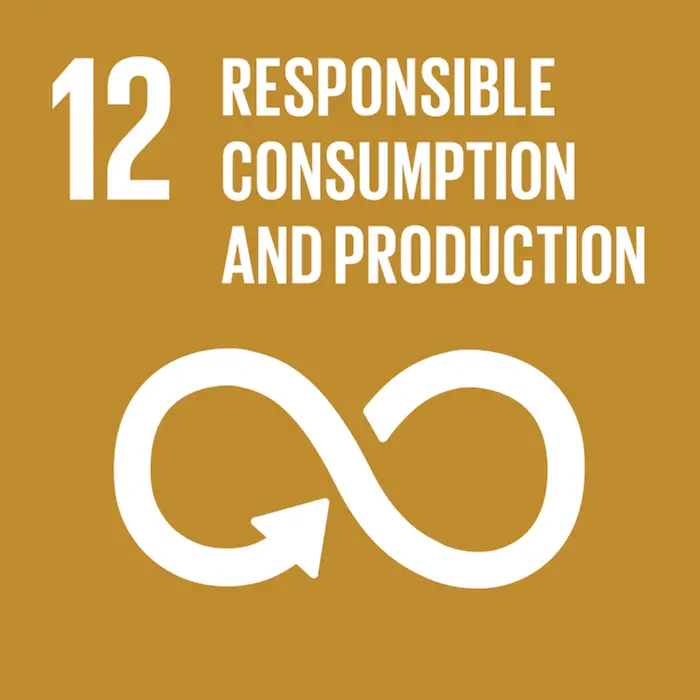
Reuse on an industrial scale, to achieve the global goals
Circular construction by way of reuse can reduce negative environmental impacts and increase sustainability in conjunction with building, demolition and management. The construction industry is material-intensive, with large volumes of waste and high consumption of primary natural resources and greenhouse gas emissions related to material use.
The Center for Circular Building or CCBuild, a platform operated by IVL together with several project partners, is a hub for collaboration, aimed at increasing reuse in the construction industry. CCBuild offers a collaboration arena and digital tools, supporting the transition to greater sustainability by way of circular construction and sustainable work methods. The digital tools facilitate reuse of building materials, both within an organization and between organizations, by offering a marketplace for reuse. The platform's collaboration arena features networks, training and guides, to strengthen the market for circular products and services in the construction and real estate sector. CCBuild was developed as an innovation project in Vinnova's three-step programme Challenge-driven innovation, and now continues as a subsidiary of IVL.
More reuse in the construction industry is the aim
CCBuild addresses the challenge of changing the industry and transforming linear material flows to circular material flows. Collaboration is an important part of CCBuild, and the aim is reuse on an industrial level, and a shift to a more circular construction and real estate sector. For this reason, CCBuild is managed in close collaboration with industry partners and users. The target groups are property owners, construction contractors, architects, material suppliers, consultants, industry organizations, local collaborative arenas and public actors.
Expected environmental benefits of reuse in the construction sector
- More circular flows in construction, demolition and management. This will lead to reduced consumption of primary natural resources, reduced waste volumes, and reduced greenhouse gas emissions related to material use.
- A stronger market and greater awareness of circular products and services.
- A collaboration arena and digital platform that support reuse in practice.
Value analysis provides reuse decision support
In tandem with the digital services, a value analysis solution has been developed. CCBuild's value analysis enables you to see the potential savings in greenhouse gas emissions, and costs and waste associated with the products and materials found in the product bank and the marketplace. The solution provides support for decisions on reuse, and the ability to follow up the results of specific projects. It follows the value of reuse in terms of potential reductions in waste volumes, potential climate savings (in tonnes of CO2), and economic value of existing products.
IVL's work with the global goals
Read more about how our research contributes to sustainable development
IVL's work with circular flows
Read more about how IVL works with circular flows
Read more about CCBuild




